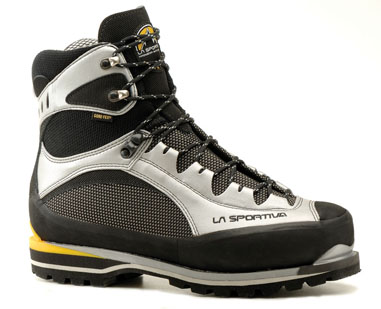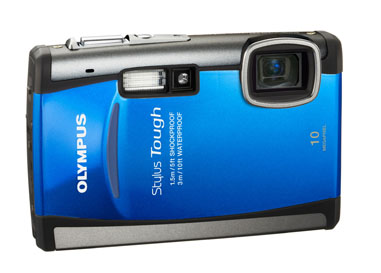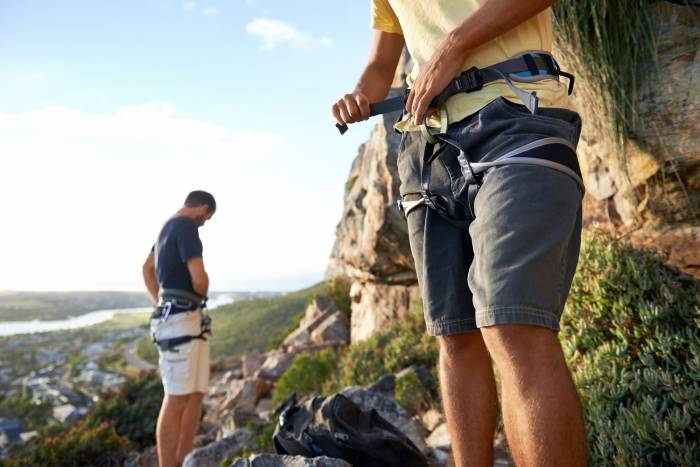For three days last month I wallowed in the snows of Sequoia National Park in pursuit of Alta Peak, an 11,204-foot pyramid of rock in California’s Sierra Nevada Range. The trip, organized by REI Adventures, served as a proving ground for several new pieces of outdoors gear as my group kicked and trudged, ice axes in hand, to the top of the mountain.
Snowshoes allowed locomotion through new powder snow on the six-mile hike in, where we wore heavy packs heading toward a basecamp. Except for me, the group — a guide and five clients — choose MSR’s Denali Evo Ascent Snowshoes, which are about 22 inches long and 8 inches wide. The MSRs worked well on wind-blown snow and crust, but broke through in the powder, forcing the group to inefficiently plod and post-hole along.

My setup, the 30-inch Atlas 1030 snowshoes, were noticeably more efficient. I floated better in conditions where the others sank deep. Heading up Alta Peak, I broke trail most of the way, bolstered by bigger platforms underfoot.
For balance and efficient striding, I employed Leki’s Carbonlite AERGON Antishock poles, which are a fancy set of trekking sticks made of carbon fiber. A slight spring feature provides cushioning, and Leki’s new AERGON handle — a rounded ovoid grip that sits nicely in the palm — provided additional comfort and performance, but at a steep price: $199.95.

Speaking of expensive, La Sportiva’s Trango Extreme EVO Light GTX boots, which retail for $400, graced my feet for the ascent on Alta Peak. But good boots are worth the cost, and the Trango Extremes did not disappoint. They weigh just more than 2 pounds per foot — as light as many summer-weight boots — but provide substantial support, warmth, comfort, and, for mountaineering, compatibility with crampons.
A Gore-Tex liner makes the boots waterproof. The uppers mix a Cordura nylon and faux-leather with traditional lacing. Throughout, the company’s touted made-in-Italy quality is apparent, and in the snows of Sequoia the Trango Extremes were a perfect fit.

As the trip was run by REI Adventures, we tested several products from the namesake retailer, including the REI Kilo Expedition -20 Sleeping Bag paired with the REI Lite-Core 1.5 Sleeping Pad. This combo — my bed for two cold nights in a tent — proved warm, comfortable, and, as a bonus, small and lightweight in my backpack.
The REI gear is also a relative bargain. The sleeping bag — a goose-down mummy that weighs a manageable 3 pounds 12 ounces — costs $359, which is $100 or more less than you’ll pay from competing companies. The sleeping pad, $84.50, is an inflatable foam-core mat that unrolls to 72 inches long, though it packs into a 6 × 11-inch sack.

Finally, documentation in the high wilds was courtesy of Olympus and its new STYLUS TOUGH-6000, a made-for-the-outdoors camera that’s safe to five feet underwater or, more apt on this trip, freeze-proof to about 15 degrees Fahrenheit.
In my test, the $299.99 camera captured short video clips and still photos in its “Snow” mode, one of several preset functions made for a specific photographic environment. Its battery never died over three days and hundreds of images shot.

However, at home after the trip I was forced to adjust many of the images in a software program, as underexposure in some shots made the snow appear gray. In a photo-editing program, I tweaked brightness, contrast, levels, and the sharpness of each image. But the final result was good, and I now have an album of images — from the trailhead to the requisite summit shot, arms raised in triumph, on the top of Alta Peak.
—Stephen Regenold writes a daily blog on outdoors gear at www.gearjunkie.com.






